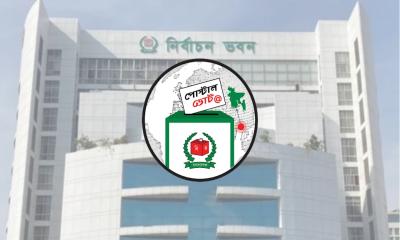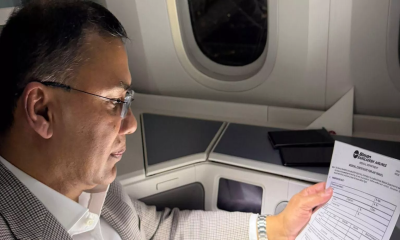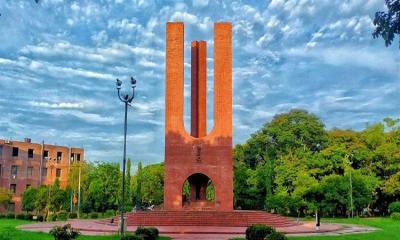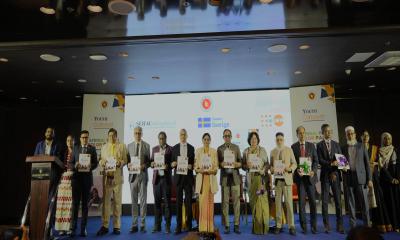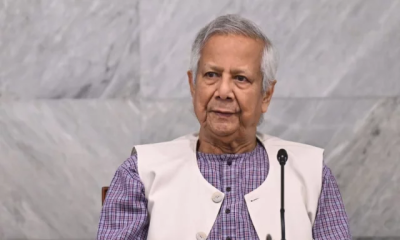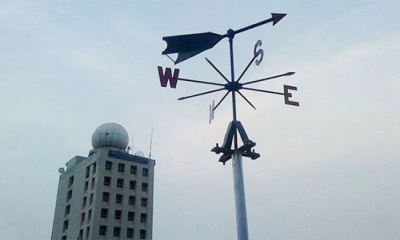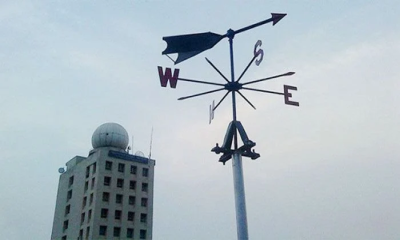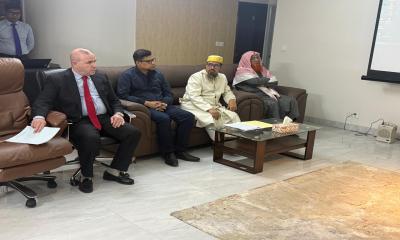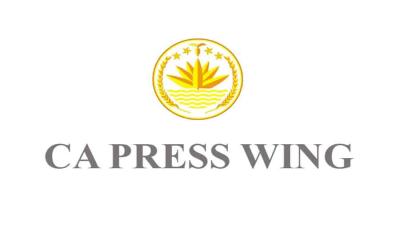Surat, India: The imposition of 50 percent tariffs by US President Donald Trump on Indian imports has cast a shadow over India’s diamond industry, particularly in Surat, Gujarat, known as the country’s diamond hub.
Small-scale diamond cutter and polisher Kalpesh Patel, 35, described this year’s Diwali as a festival that may never light up for him, as his modest factory struggles to survive under the new tariffs.
Patel’s factory, employing 40 workers, prepares raw diamonds for export. Speaking to Al Jazeera, he expressed fears that the US tariffs could be the “final nail in the coffin” for a business built over eight years.
The Diwali season, typically the busiest for India’s markets, may not save his orders, as US buyers may cancel shipments due to the 50 percent levy.
Surat, Ahmedabad, and Rajkot together host around 20,000 small and medium diamond businesses, which collectively provide livelihoods for over two lakh workers.
Globally, Surat handles 14 out of every 15 natural diamonds for cutting and polishing. The United States is India’s largest export market, receiving $480 million worth of polished diamonds in FY 2024–25, over a third of India’s total diamond exports.
Exporters have already reported order cancellations. Kolkata-based diamond trader Dimple Shah described this period as the worst in his two-decade career.
The tariffs follow a series of measures announced by President Trump in April and August, initially 25 percent, now totaling 50 percent.
The move is widely seen as a response to India’s continued oil imports from Russia and resistance to US agricultural and dairy policies, according to trade researcher Ajay Srivastava, who called the tariffs “hypocritical” given that major countries like China face no such penalties.
India’s diamond sector, already weakened by COVID-19 and the Russia-Ukraine war, now faces further strain.
Over the past two years, financial distress has driven at least 80 diamond workers to suicide, according to Ramesh Jilria, president of the Gujarat Diamond Workers’ Union. Average wages have fallen to roughly INR 15,000–17,000 per month ($194), making survival increasingly difficult amid rising inflation.
State authorities have promised assistance for displaced workers, including INR 13,500 ($154) per child, but businesses warn this will not fully offset the impact of tariffs.
The rise of lab-grown diamonds, costing only 10 percent of natural stones, adds to the pressure on traditional cutters. Buyers are increasingly choosing these cheaper alternatives, threatening the market for natural diamonds.
Despite these challenges, industry leaders see potential in strengthening India’s domestic market and exploring new international markets in Latin America and the Middle East.
According to GJEPC Chairman Kirit Bhansali, India’s internal jewelry market could grow from $85 billion to $130 billion within two years, offering a buffer against export shocks.
However, traders like Ramesh Patel warn that without urgent government support, the diamond industry may lose its sparkle permanently.


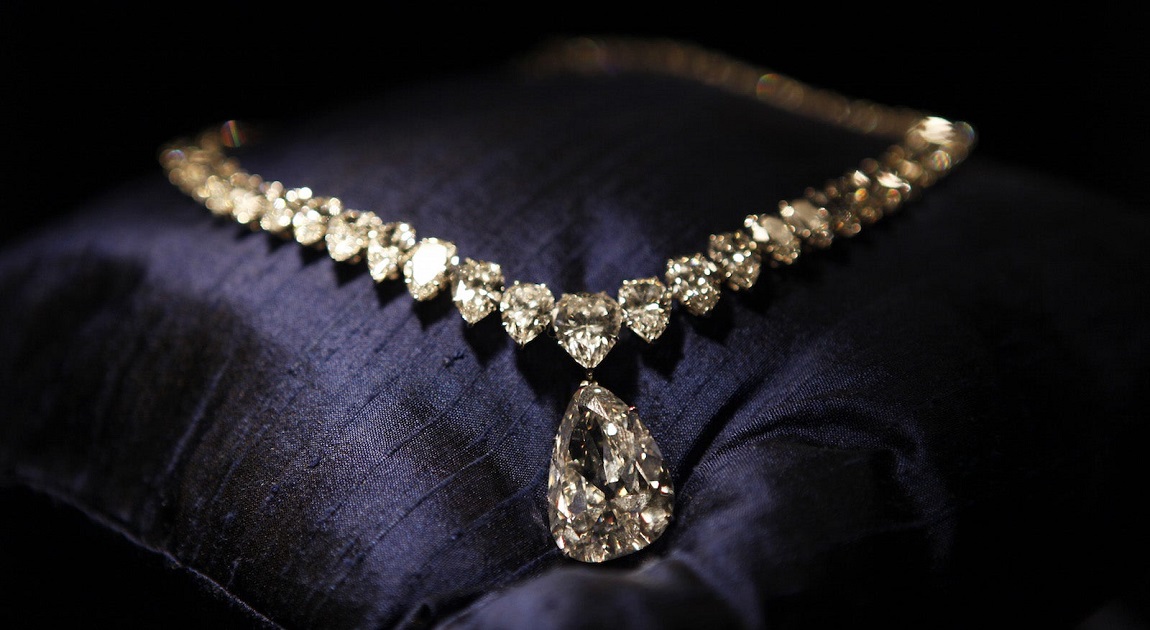

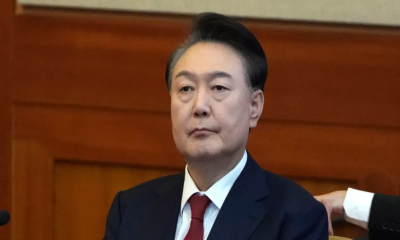
-20251226062607.webp)

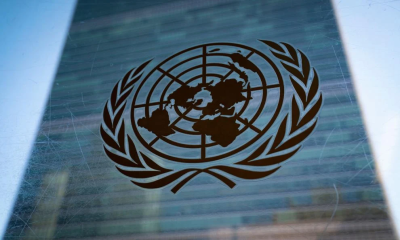

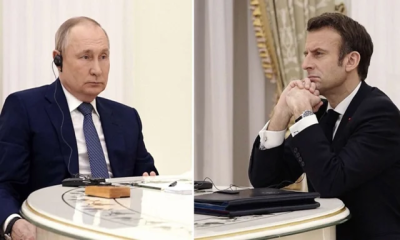
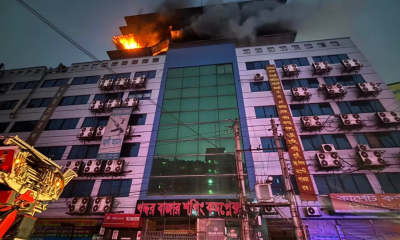
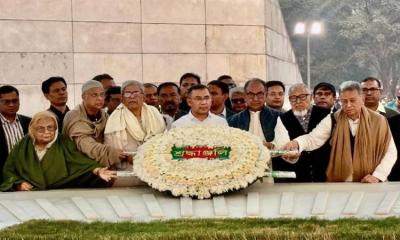
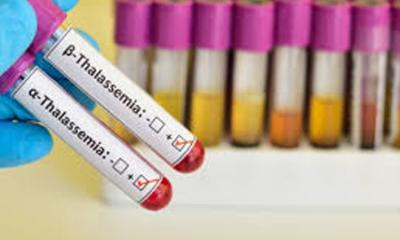
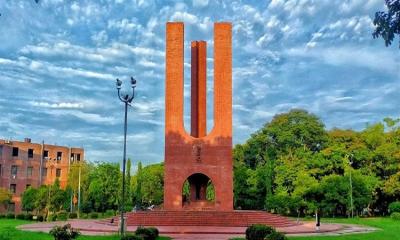

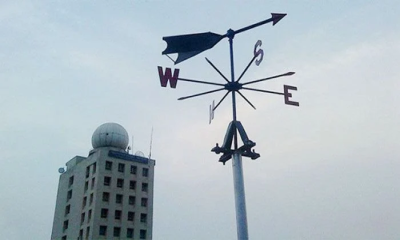
-20251226051932.jpeg)
